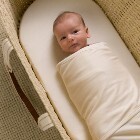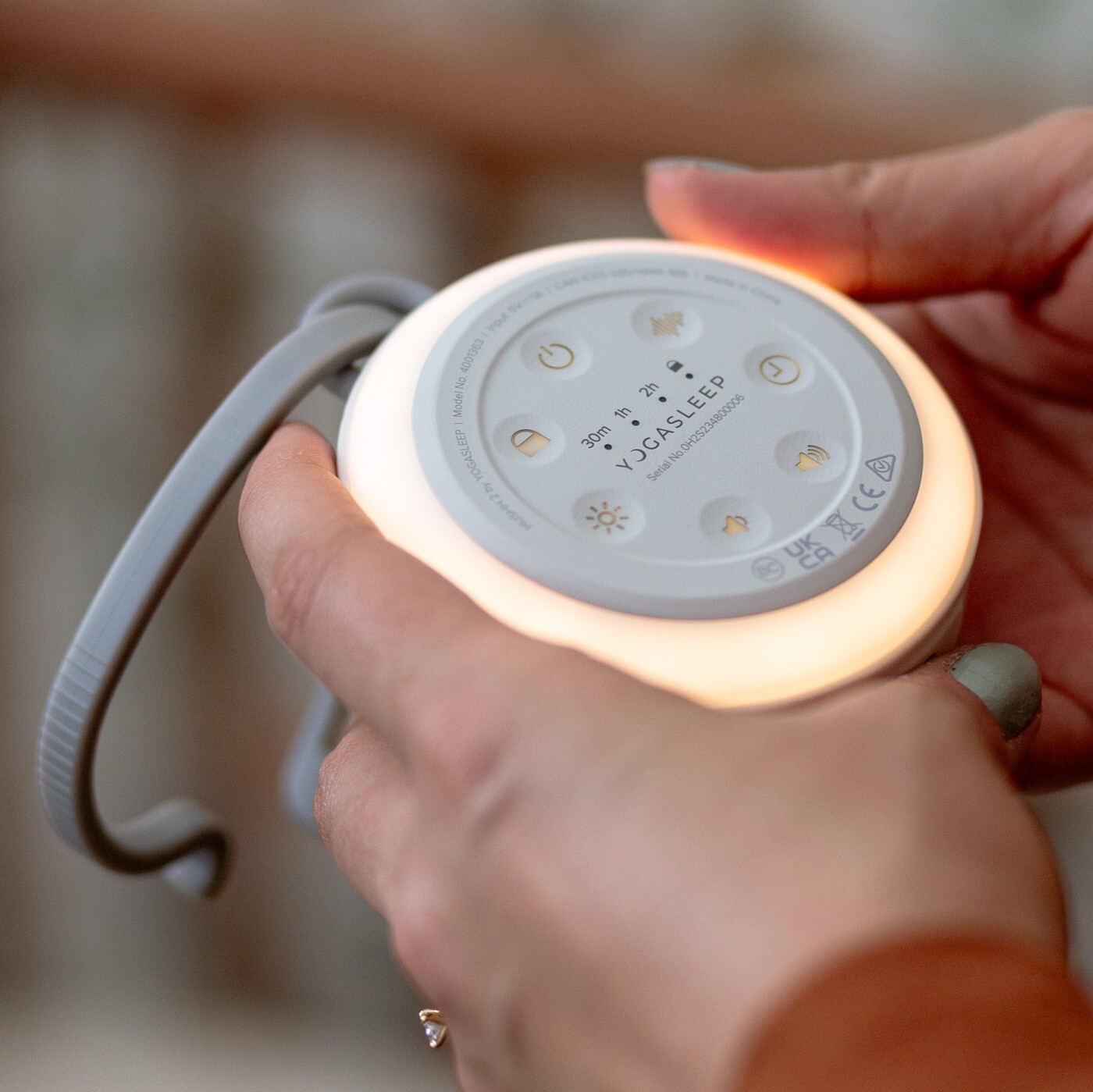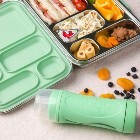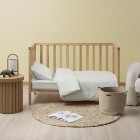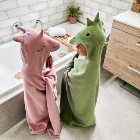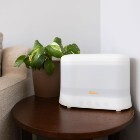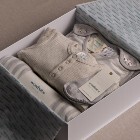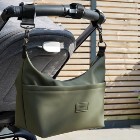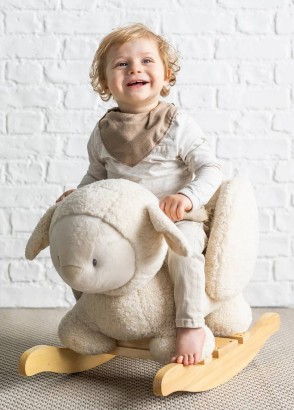When you’ve got a curious baby or toddler at home, toys can bring endless fun and the occasional moment when something looks a bit too small or a little broken. That’s why Toy Safety Week is such a great reminder that a few quick checks can help keep playtime safe and happy for everyone.
Toy Safety for Babies & Toddlers: Simple Steps for Safer Play
1. The Six Safety Checks
Before popping a toy in your trolley or online cart or getting a new gift out to play, take a moment to run through these six simple checks:
Size: Make sure it’s too big to fit entirely in your child’s mouth. If it’s smaller than a ping-pong ball, it’s best saved for older kids.
Surface: Look for smooth edges and no cracks, splinters, or sharp bits. Check through your existing toys regularly, and if something has become worn or broken with age, remove it and dispose of it to prevent accidents.
Strings: Keep cords and ribbons short. Long strings can become strangulation hazards and shorter strings can be choked on. Make sure to regularly check any toy attachments to ensure they’re still firmly fixed to the toy.
Supervision: Some toys need a grown-up close by, especially for under-threes. Keep those toys tucked safely away and get them out when you can stay close.
Sound: Little ears are sensitive, so avoid toys that are overly loud.
Specs: Check packaging for safety symbols, small-part warnings, and the recommended age.
These small steps only take seconds but make a big difference in keeping play safe.
2. The Right Toy for the Right Age
Children learn best through toys that match their stage of development.
For under-threes, think bigger, sturdier, simpler:
- Large blocks such as Duplo or stacking cups, instead of tiny bricks like Lego.
- Soft dolls or cloth books with no removable parts.
- Always read the age label - if it says “3+,” pop it aside for later.
3. Keep the Toy Box Safe
Over time, well-loved toys can wear out. Make it a habit to do a quick toy-box check every month:
- Remove and dispose of any toys that are ripped, broken, or have loose parts.
- Remove toys with long ribbons or cords.
- Wipe down toys regularly - especially ones that end up in little mouths!
It’s also a good time to rotate toys. Fewer options can mean calmer play and less clutter. Plus, when you pull something "new" out of the cupboard that your little one may have forgotten about, they will often spend more time playing with it.
4. Supervised Play
The best safety feature isn’t on the box, it’s you! Being nearby means you can step in quickly if something’s not safe, and it also turns playtime into a lovely bonding moment. Join in, narrate their play, and share those giggles—safe play is shared play.
5. If a Toy Causes Harm
If a toy breaks or causes injury, here’s what to do:
- Get medical help if needed. Call Healthline, see your GP or go to A&E.
- Stop using the toy immediately.
- Report it: you have the right to a refund, repair, or replacement under the Consumer Guarantees Act.
You don't need to just accept it. Unsafe toys should always be reported so other families stay safe too
6. Small Steps, Big Difference
Keeping your little one safe doesn’t have to be complicated. A few small actions—checking size, tidying the toy box, and staying close goes a long way to ensuring every playtime ends in smiles, not tears.


